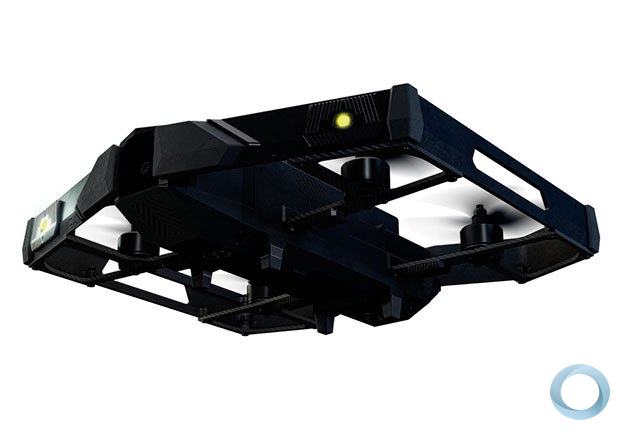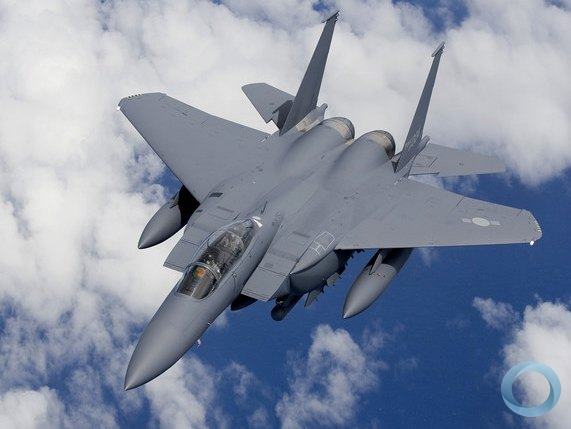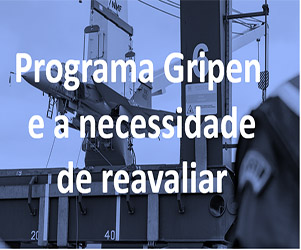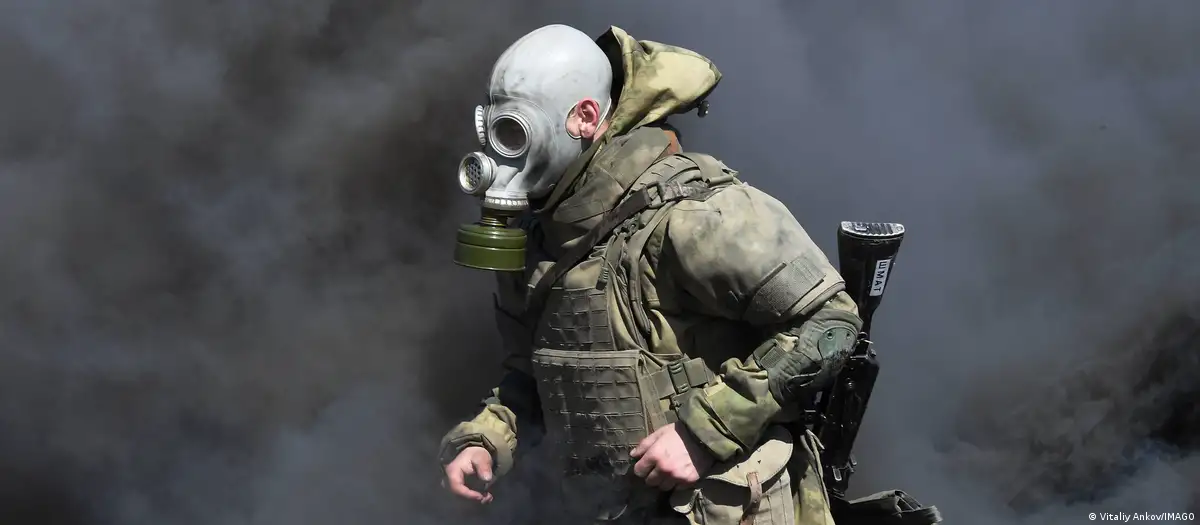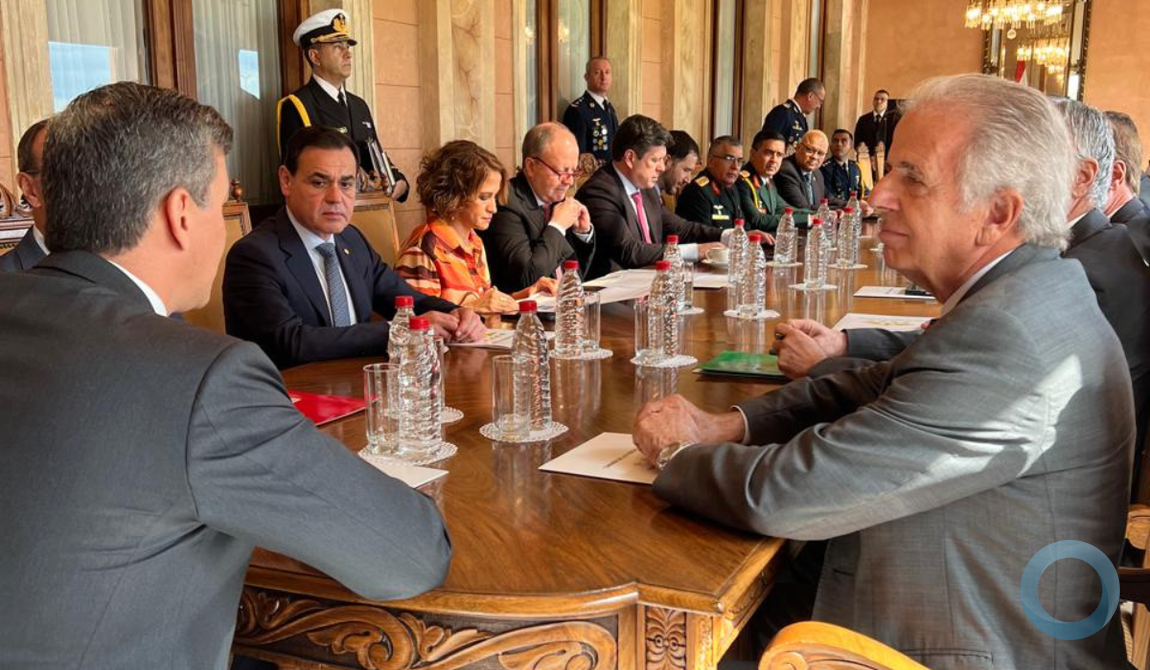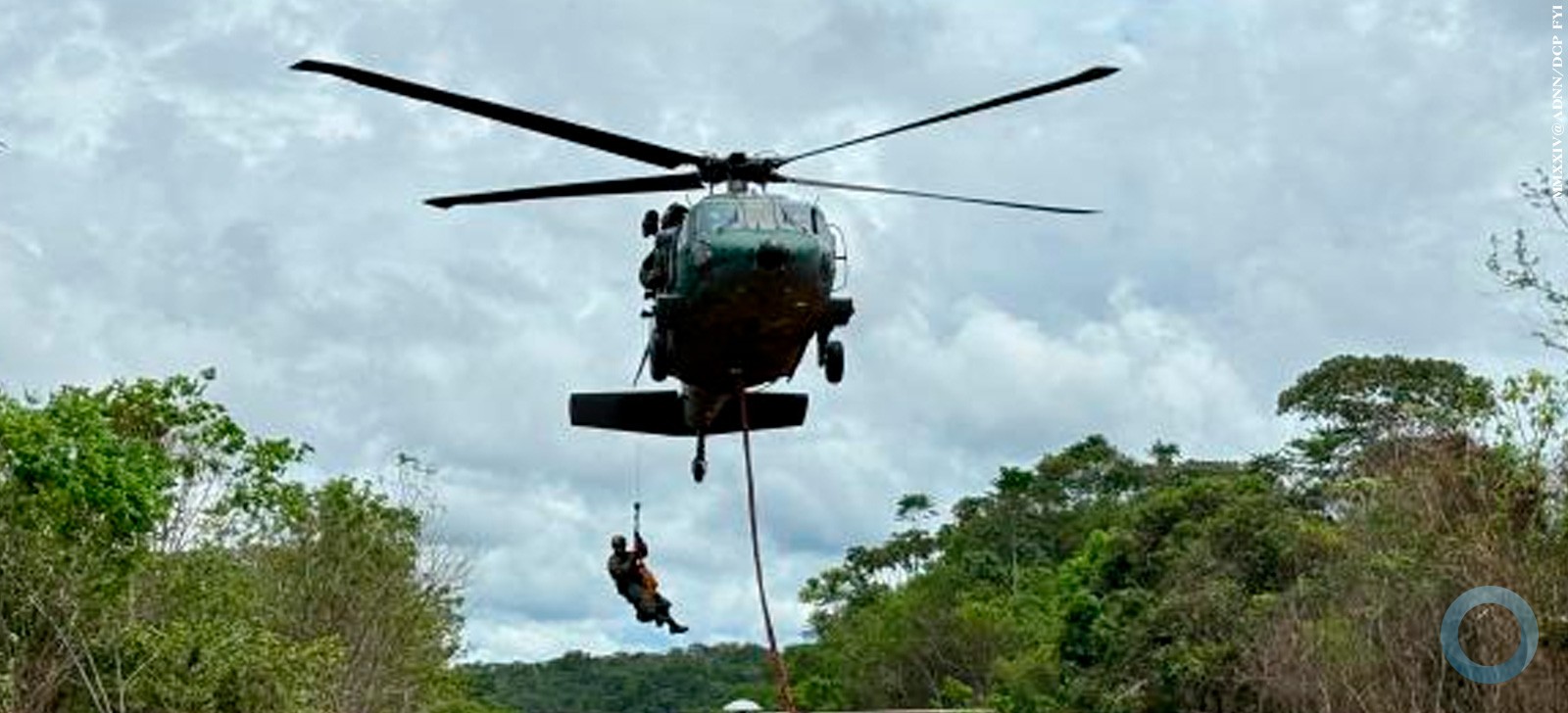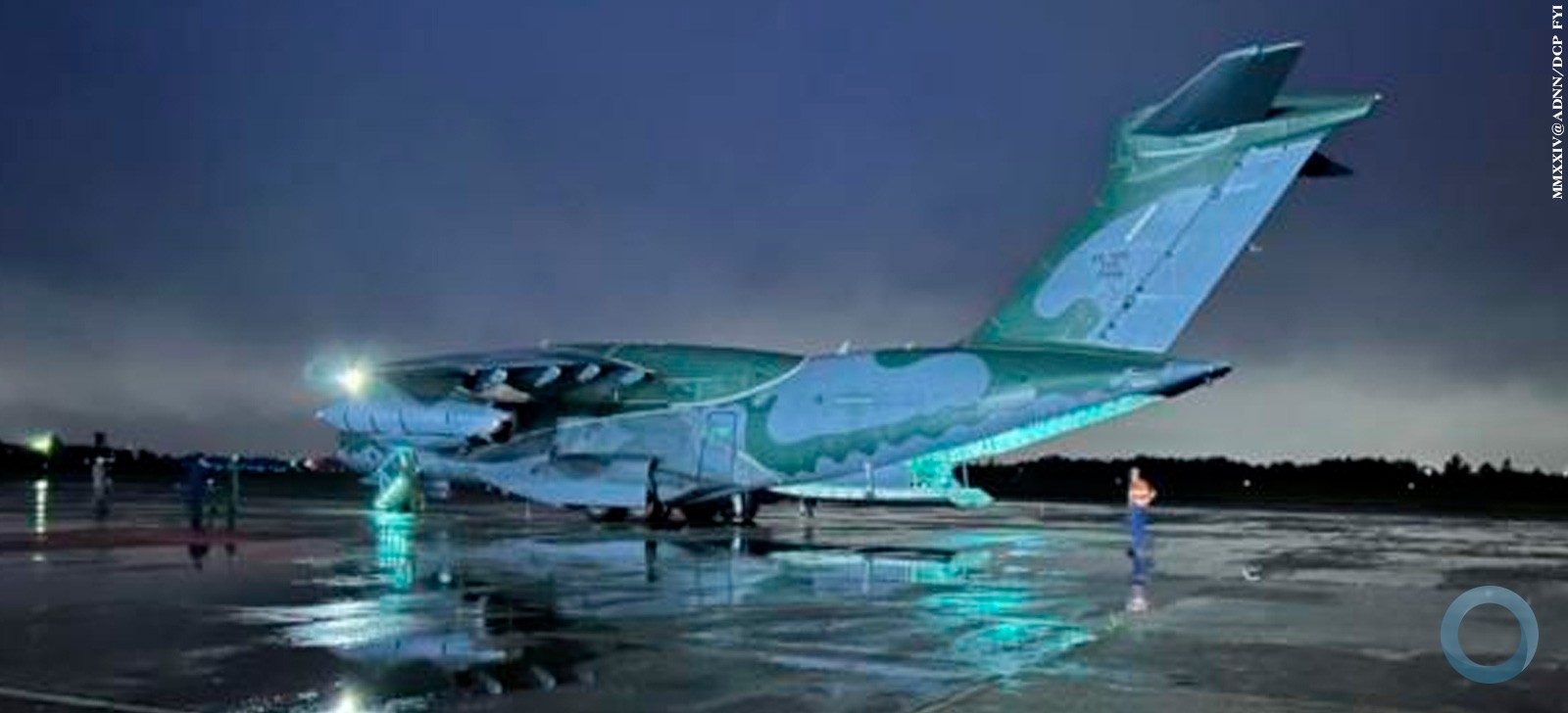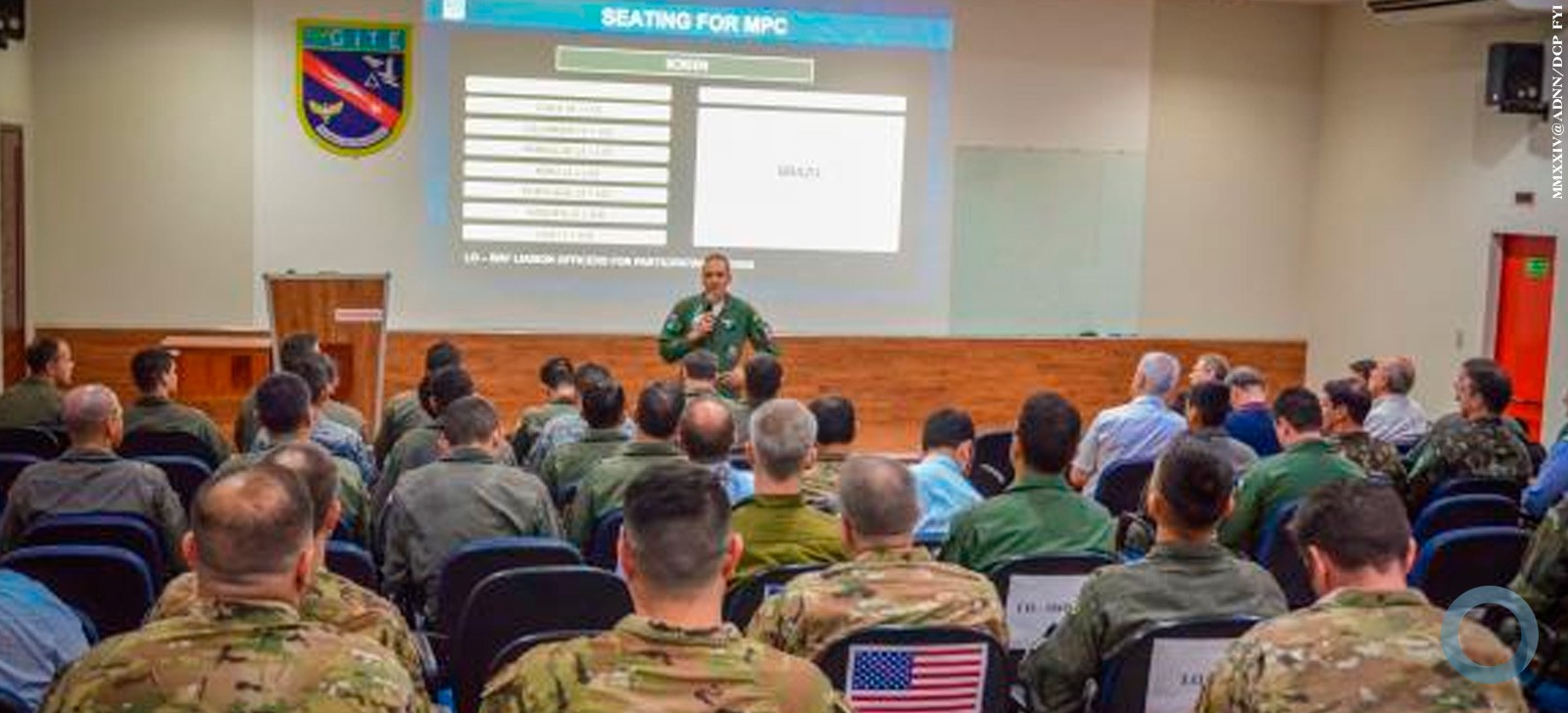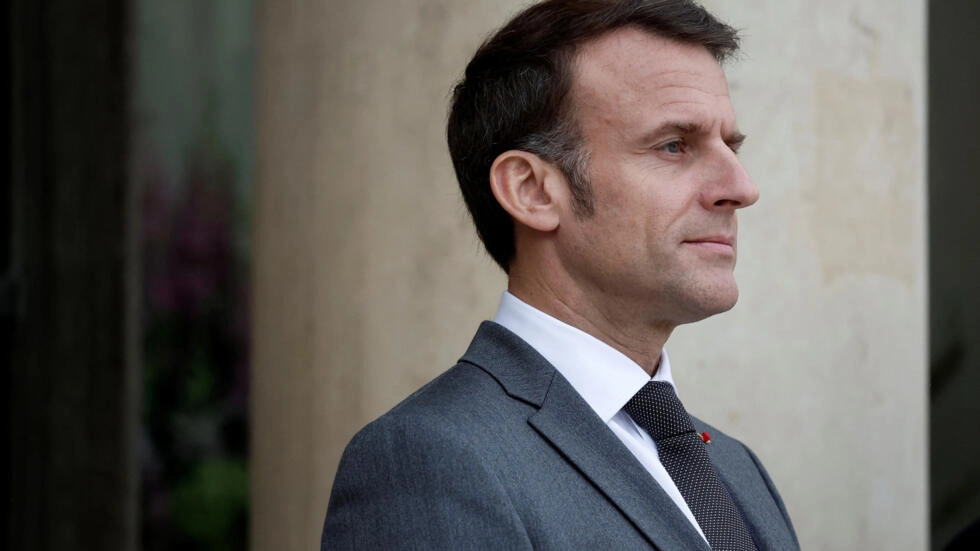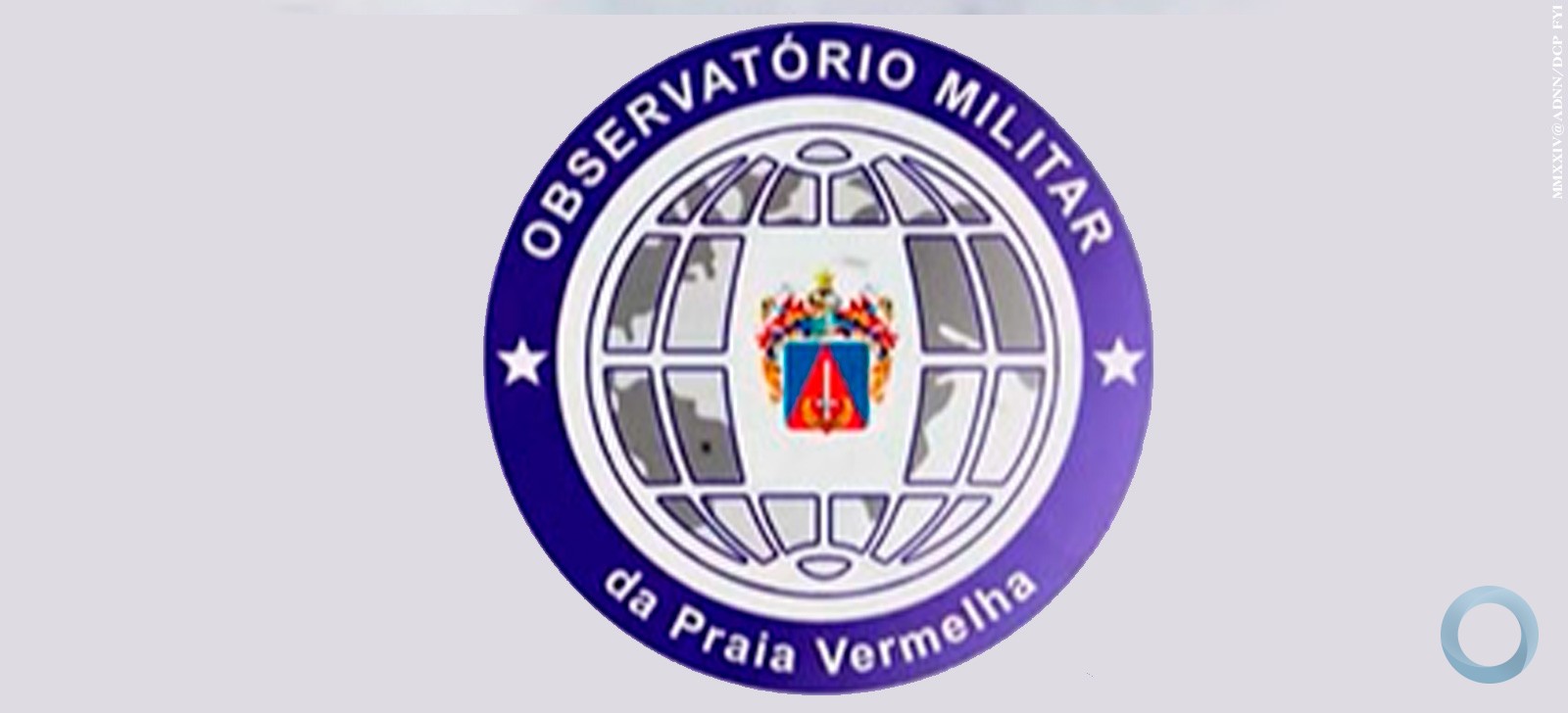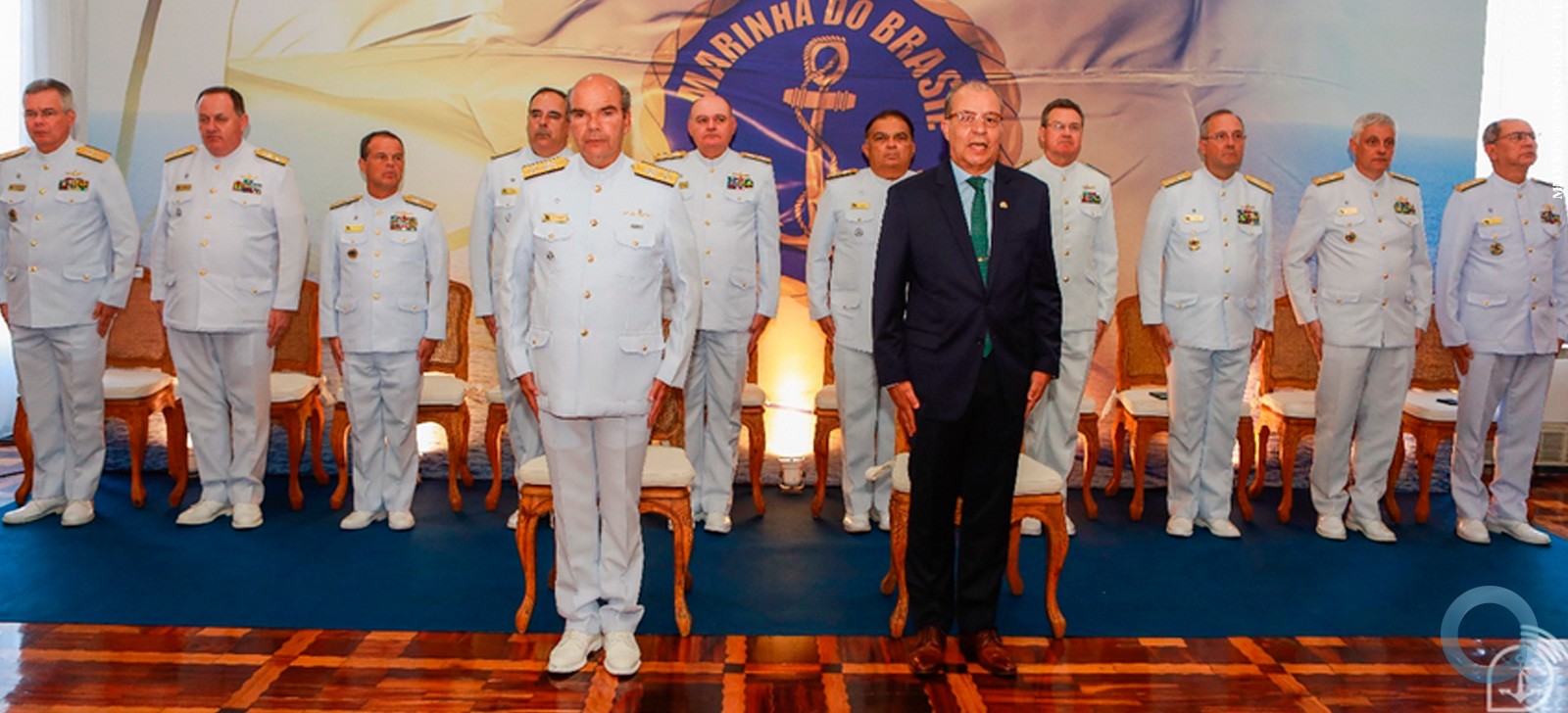Remarks by President Obama at U.S.-India Business Council Summit
Taj Palace Hotel
New Delhi, India
7:24 P.M. IST
PRESIDENT OBAMA: Good evening. Thank you so much, Madam Minister for not only the introduction, but for the work that you’re doing every day to bring our two countries closer together. Thank you all for the very warm welcome. I was proud to speak to the U.S.-India Business Council in Mumbai on my last visit to India. And it’s good to be with you again. I thank you, the CII, FICCI, and the government of India for hosting us.
I’m pleased to be joined on this visit by leaders from my administration who are dedicated to expanding the trade and investment between our two countries, and I just want to mention them briefly: Our Secretary of Commerce, Penny Pritzker; the Administrator of the U.S. Agency for International Development, Raj Shah; the President and CEO of our Overseas Private Investment Corporation, Elizabeth Littlefield; and the Director of the U.S. Trade and Development Agency, Lee Zak.
Prime Minister Modi, I want to thank you again — both for your invitation to join you on this incredible Republic Day and the wonderful hospitality that you’ve shown me over the past two days. Today’s ceremonies and parade were truly spectacular. It was a moving tribute to India’s founding, its democracy, its progress. After all those hours in the reviewing stand together, I figured that the Prime Minister might be tired of me by now. But what’s another speech between friends. (Laughter and applause.) I will not, by the way, ride a motorcycle today — (laughter) — after watching those incredible acrobats.
As I said yesterday, even as this visit is rich with symbolism, it’s also a visit of great substance. We’re advancing the vision that I laid out on my last visit — India and the United States as true global partners. And a core element of this vision is greater trade, investment and economic partnership. Our two business communities — all of you — have been some of the strongest champions for a closer relationship, and I want to thank you for your commitment. You understand better than anybody that in our globalized world, the fortunes of the United States and the fortunes of India are inextricably linked. We can grow and we can prosper together, and establish a set of global norms in terms of how business is done that will benefit not just our two countries, but people around the world. And when I spoke to you on my last visit, I pledged to broaden and deepen our economic ties — and that’s what we’ve done.
In the last few years, we’ve increased trade between our countries by some 60 percent. Today, it’s nearly $100 billion a year — which is a record high. And this is a win-win. It’s a win for America and our workers because U.S. exports to India are up nearly 35 percent, and those exports support about 170,000 well-paying American jobs. At the same time, Indian investment in our country is growing, as well. And those Indian investments are supporting jobs across America. We've got high-tech jobs in upstate New York, manufacturing jobs in North Carolina, engineering jobs in places like Michigan and Ohio.
And our growing trade is a win for India, because increased U.S. exports and investment here mean more American-made planes flying passengers on India’s airlines all over the world, more American-made turbines generating the energy India needs to continue with its growth, more American-made machinery upgrading India’s infrastructure. And because we’ve made it easier for foreign companies to sell and invest in America, India’s exports to the United States are also increasing — and that means more jobs and opportunities here in India. In the end, that’s the purpose of trade and investment — to deliver a better life for our people. And both Indian and American workers are and can benefit even more in the future from close ties between our two countries.
So we’re moving in the right direction. I want to thank everybody here for the progress that we’ve achieved together. That said, we all know that the U.S.-India economic relationship is also defined by so much untapped potential. Of all America’s imports from the world, about 2 percent come from India. Of all of America’s exports to the world, just over 1 percent go to India — 1 percent to over a billion people. We do about $100 billion a year in trade with India, which is a great improvement since I took office. But we do about $560 billion a year with China. That gives you some sense of the potential both for the kind of growth that India might unleash, and the potential for greater trade between our two countries. So I think everybody here will agree, we’ve got to do better. I know Prime Minister Modi agrees, and he just shared his expansive vision on this issue with you.
As we announced yesterday, we’ve taken a number of concrete steps forward on this visit. New breakthroughs will help us overcome some key issues and move us toward fully implementing our civil-nuclear agreement. We’ve taken another big step forward in our defense cooperation with a new technology and trade initiative so that Indian and American companies can jointly develop and produce new defense technologies. We’ve agreed to resume discussions that would move us toward a bilateral investment treaty that would facilitate Indian businesses making more investments in the United States, and U.S. businesses making more investments here in India.
And we’ve agreed to step up our efforts with a new high-level U.S.-India Strategic and Commercial Dialogue to make sure we’re taking concrete steps that build on our progress so that when two leaders share a vision and make agreements, we know that our agencies, our bureaucracies will follow through aggressively and we can hold them accountable. Prime Minister Modi, I want to thank you for your personal commitment to helping us advance all of these efforts.
Today, I’m proud to announce additional steps — a series of U.S. initiatives that will generate more than $4 billion in trade and investment with India and support thousands of jobs in both of our countries. Specifically, over the next two years, our Export-Import Bank will commit up to $1 billion in financing to support “Made-in-America” exports to India. (Applause.) And OPIC will support lending to small and medium businesses across India that we anticipate will ultimately result in more than $1 billion in loans in underserved rural and urban markets. And our U.S. Trade and Development Agency will aim to leverage nearly $2 billion in investments in renewable energy in India. (Applause.)
So we’re moving forward. There’s new momentum, there’s new energy, new hope that we can finally begin to realize the full potential of our economic relationship. And I want to close by suggesting several specific areas where we need to focus.
First, we have to keep working to make it easier to do business together in both our countries. For the past two years, business leaders like you voted America as the best place in the world to invest. I'm pretty happy about that. We're going to keep working through what we've called SelectUSA, an initiative to cut red tape, streamline regulations so that even more companies like yours — from India and around the world — come and set up shop in America.
Now, here in India, as the Prime Minister just discussed, there are still too many barriers — hoops to jump through, bureaucratic restrictions — that make it hard to start a business, or to export, to import, to close a deal, deliver on a deal. We hear this consistently from business leaders like you. And right before coming out here, the Prime Minister and I joined some of you in a roundtable where you described some of the challenges that you face.
Prime Minister Modi has initiated reforms that will help overcome some of these barriers, including a new government committee dedicated to fast-tracking American investments. And we enthusiastically support these efforts. We need to be incentivizing trade and investment, not stifling it. (Applause.) We need to be fostering a business environment that’s more transparent and more consistent, and more predictable. In knowledge-based economies, entrepreneurs and innovators need to feel confident that their hard work and, in particular, their intellectual property will be protected.
Second, we can work together to develop new technologies that help India leap forward. And I know I speak for the American companies represented here when they say they’re ready to partner with Indian firms to build next-generation trains that run on cleaner energy and to lay the new railways India needs for the future. They’re ready to help upgrade roads and ports and airports to make it easier for Indians to connect with each other and with the world. They’re ready to install broadband connections to give communities reliable access to the Internet and to help build the smart cities that Prime Minister Modi has called for. And on this visit, we’ve paved the way to mobilize American expertise and investment in three of these cities. And we’ll send two trade missions to India this year focused specifically on upgrading India’s infrastructure.
And finally — and I know this is something that is of great concern to Prime Minister Modi and is of great concern to me and the United States — we need to make sure that economic growth in both our countries is inclusive and sustained. India’s astonishing growth in recent decades has lifted countless millions out of poverty and created one of the world’s largest middle classes. There’s an important lesson in that. Growth cannot just be measured by the aggregate. It can’t just be measured by GDP. It can’t just be measured by the bottom line on a balance sheet. Growth, in the end, has to make people’s lives better in real, tangible and lasting ways.
Prime Minister Modi has laid out an ambitious vision for the future that lifts up India and its people. And I know that the Prime Minister has even taken to sweeping the street himself — (applause) — and that CEOs are following his lead. We might have to try that in the United States. (Laughter.) The United States is ready to work with you to help every home and business in India have reliable access to electricity so more families can share in India’s progress.
And as we announced yesterday, we want to support India’s goal of expanding solar energy, help improve air quality in Indian cities, and expand access to clean water. There’s good business sense, by the way, in being environmentally sound. And one of the great potentials for India and one of the great necessities for the world is that we find ways to lift people out of poverty and provide them power in ways that are sustainable and allow you to leap-frog over some of the dirty development strategies of the past directly into the clean strategies of the future.
As you work to give every Indian household a bank account, American companies are ready to help to make sure these accounts can help Indians in their day-to-day lives, by digitalizing retail transactions. As we grow, we have to do it responsibly, and stay true to our values and uphold basic standards and rule of law. We have to keep striving to protect the rights of our workers; to make sure that our supply chains are sourced responsibly.
Today, I’m also proud to announce a new public-private partnership to help millions of proud Indian-Americans directly invest in India’s future. Our new Indian Diaspora Investment Initiative will allow folks back home to generate a new stream of financing for Indian businesses that are investing in non-traditional, and too often overlooked, markets — whether it’s providing health care to rural communities, or improving water and sanitation, to opening up some of those new bank accounts.
And this can be another spark in India’s economic engine. I know from talking with so many Indian-Americans that they are very excited about this opportunity. They’re ready to do even more to help unleash India’s success. And it’s just one more example of how much we can achieve, how much more good we can do if we keep working together — as governments and as business and as citizens.
Let’s make it possible for a young woman in a rural village to start a business with a partner in America that will change both their lives. (Applause.) Let’s encourage young scientists at American universities to collaborate with partners in India to develop new technologies that will reduce our dependence on fossil fuels and protect our planet. Let’s make it easier for Indians and Americans to work together across the board — to buy from one another, to invest in one another, to create with one another — and in so doing, lift the fortunes of all of us. That’s the future I believe in for our countries. And that’s the future I know we can achieve, if we’re willing to work for it together.
I know the Prime Minister has expressed his commitment. You have the commitment of the President of the United States and my administration. I’m looking forward to working with all of you. The next time I come to India, I expect we will have made more progress.
Thank you very much. (Applause.)











